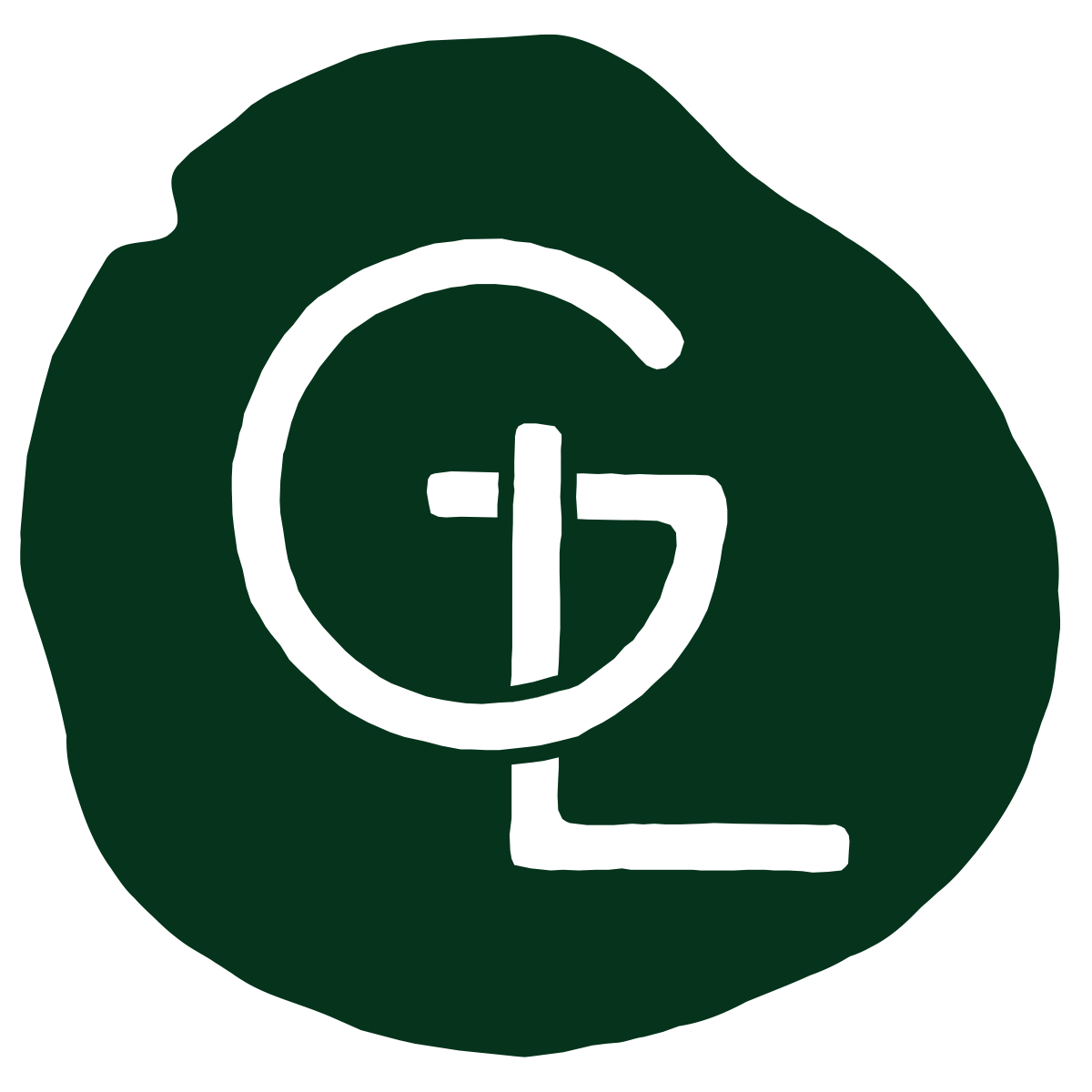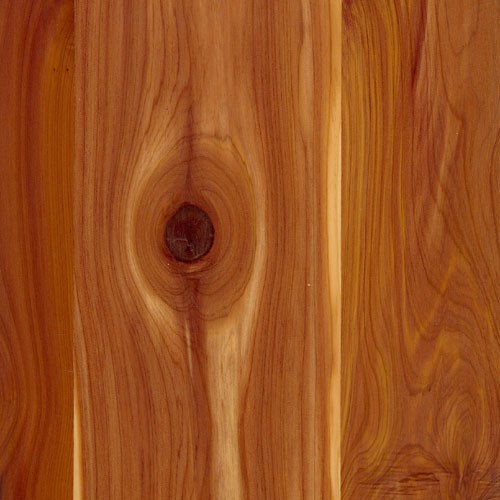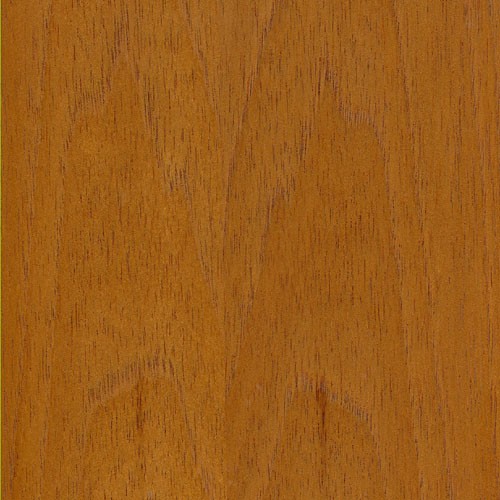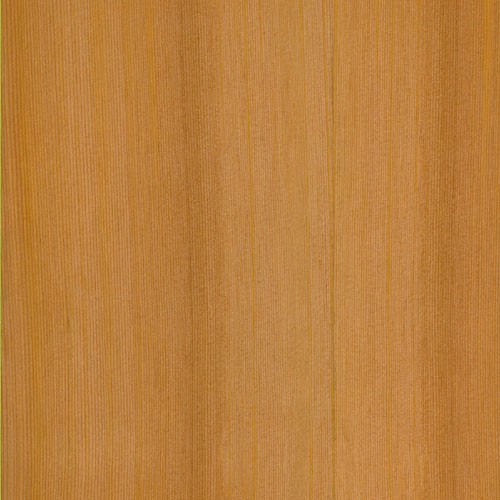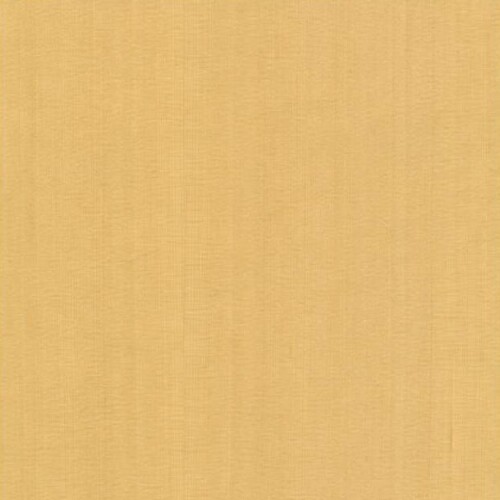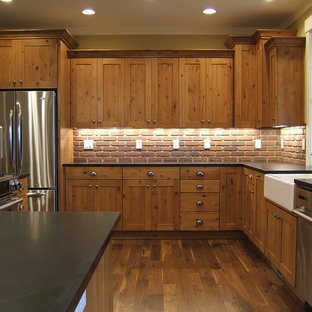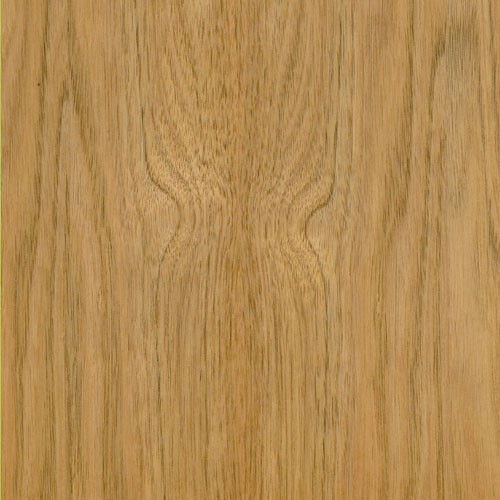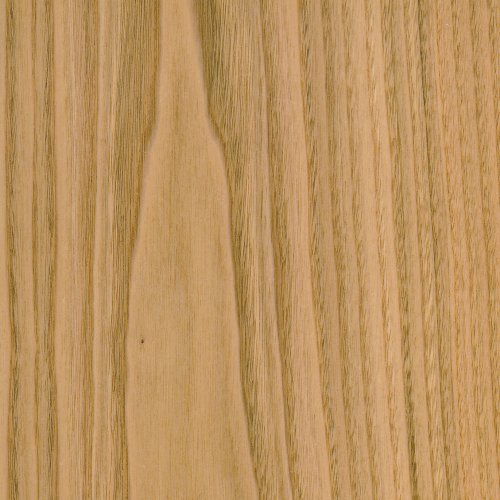Western Red Cedar
Indigenous to the Pacific Northwest of North America, the Western Red Cedar has historically held important spiritual and cultural meaning for the native peoples of those coastal areas, especially British Columbia, where it was adopted as the official tree in 1988. Relying on almost every part of the tree, these cultures used it for medicines, essential oils, spiritual ceremonies, and other everyday uses — including longhouses, canoes, paddles, hooks, spears, fishing floats, totem poles, carvings, masks, hats, bentwood boxes, baskets, ropes, lashings, clothing, blankets, and fishing nets.
The Western Red Cedar thrives in damp rainforest climates, creating a rare durability in the wood. In fact, it’s so resistant to decay and insect damage, the wood of fallen Western Red Cedar trees remains sound for more than 100 years and can still be salvaged for use.
True to its name, the heartwood of Western Red Cedar is deep red to a pink-brown color, with deep red streaks and bands throughout the grain. While its narrow sapwood is pale yellowish white, it isn’t always sharply demarcated from its heartwood. The grain is typically straight with a medium to coarse texture. And like most cedars, the Western Red Cedar smells wonderful.
An amazingly resilient, versatile species, the Western Red Cedar has nearly as many applications today as it had in the past. Interior uses include veneer, architectural plywood, doors, windows, paneling, and sashes. For exterior applications, it’s a popular choice for siding, cladding, shingles, lumber, boatbuilding, outdoor decking, patio furniture, landscape design, playground equipment, urban parks, and pergolas. It’s also perfectly suited for sauna paneling, and a good choice for musical instruments due to its superb acoustic resonance properties.
Species Distribution:
Northwest North America
Pacific Northwest United States
Pacific Northwest Canada
Common / Alternative Names:
Western Redcedar
Pacific Redcedar
Giant Arborvitae
Western Arborvitae
Cedar
Giant Cedar
Shinglewood
Janka Hardness:
350 lbf
Sustainability Status:
CITES Appendices: Not listed
IUCN Red List of Threatened Species: Listed as being a species of least concern
Related Species:
Northern White Cedar (Thuja occidentalis)
